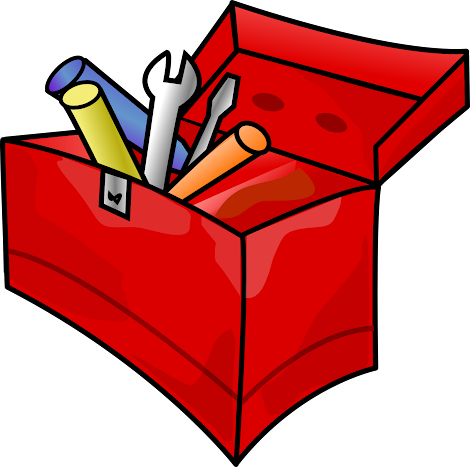More Favorite Tools for Genealogy
 |
| Image by Clker-Free-Vector-Images from pixabay.com/ |
We've had more favorite tools submitted this past week; we hope you find these useful!
One Note, Evernote
Darlene Steffens: My favorite tool is One Note (Evernote also works) where I keep handy, just a mouse click away, a variety of research things including: web links sorted by (1) location (state & country) and (2) generic subject matter; a list of contact persons sorted by family line with email address links, phone, numbers, etc.; a list of source citation formats that I frequently use for copy/pasting into my tree's database; a log of correspondence exchanged sorted by family line, date, who, why, results; a To Do list by state/country where I can "park" those cemetery photos I need to take or the library facility I need to visit and what is needed there (you never know when a visit there is possible); and ever so much more. I like the convenience of all things collected into one place that will open on any device I use.
DNA
 |
| vecteezy.com/free-vector/protein">Protein Vectors by Vecteezy |
Annette Weiss: One of mine is reading all these postings to society@skcgs.groups.io. I learn a lot from others on this. DNA is my other tool ... can't beat the accuracy! I've been able to connect with a long-lost branch of my family tree, adding over 100 descendants in the past 2 years.
Mentoring
.jpg) |
| Mentoring Icon Vectors by Vecteezy |
Jane Wickert: Mine isn’t really a tool but rather mentoring others. SKCGS has in person mentoring at the Auburn library and EGS does weekly sessions over Zoom. Helping people work through a question or problem is a good way to think about ways to solve genealogical problems.
Maps
MaryLynn Strickland: The tools I rely on most are geographical--I find locating my people on the map helps me answer a lot of questions beyond just where. I also learn who else is nearby, when certain events occurred in the family and even why the family has located where they are.
I depend on the information at the Bureau of Land Management General Land Office glorecords.blm.gov for homestead location to get the section, township and range data which I then use at Randy Majors Map Tools. (If you haven't explored those tools, you are missing a great resource)
From Randy's tools I can get the latitude and longitude for the homestead and find it on a Google map where I can get the modern address and pictures. Neat!
I also use the Wiki at FamilySearch.org to look for general information on locations. This gives me a general history as well as resources for further research, an invaluable tool!
Writing
Instead, I need to note the date, place, and record, and then write to make sense of what I'm seeing. It helps me see the life of my research focus through their own eyes. Why were they living in this place, at this time? Why did they have boarders, and who were those people? What work was the family doing? Who was living around them? What else was happening in the world at this time?







Comments
Post a Comment